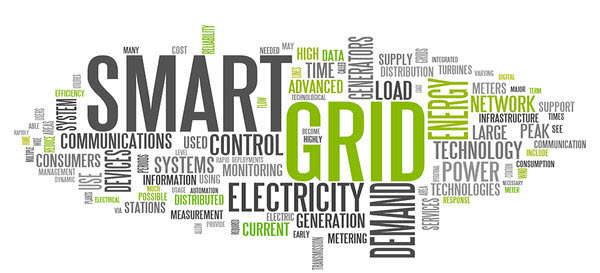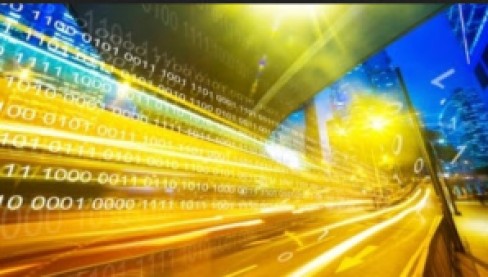
source of image: https://www.thegpsc.org/knowledge-sector/integrated-urban-planning
I strongly relate to Smart Cities or Smart Infrastructure as the grouping area within businesses, focusing on the Edge, delivering energy transmission to the final delivery point for residential, mobility or commercial needs.
There is so much potential in technology currently being invested in our cities and their infrastructures. There are many estimates of this investment, according to the McKinsey Global Institute, they estimated that cities around the world would need to double current infrastructure investments from $10 to $20 trillion annually, to build the necessary physical infrastructure to support growing populations and needs[1].
So often, the focus tends to be on physical or urban infrastructure, but the importance of social support needs equal attention. Continue reading
 The Smart Grid is evolving and will be essential in the next decade to bring the kind of transformation our existing energy grids require. Infrastructures to be fit for purpose must be fully integrated and smart to manage the increasing complexity and needs of electricity in the 21st century.
The Smart Grid is evolving and will be essential in the next decade to bring the kind of transformation our existing energy grids require. Infrastructures to be fit for purpose must be fully integrated and smart to manage the increasing complexity and needs of electricity in the 21st century. Smart infrastructure connects many parts of the city both physically and digitally. Services that capture the relevant information enable the deployment and introduction of the appropriate assets as the solutions.
Smart infrastructure connects many parts of the city both physically and digitally. Services that capture the relevant information enable the deployment and introduction of the appropriate assets as the solutions. Energy is essential to the modern economy. It provides the vital power source of electricity for industry, for public services and powering infrastructure, as well as resolving domestic activities where heating, lighting, cooking can take place in different ways from traditional wood fires. Our growing reliance on communications, technology, and mobility all are reliant on having this constant source of energy.
Energy is essential to the modern economy. It provides the vital power source of electricity for industry, for public services and powering infrastructure, as well as resolving domestic activities where heating, lighting, cooking can take place in different ways from traditional wood fires. Our growing reliance on communications, technology, and mobility all are reliant on having this constant source of energy.